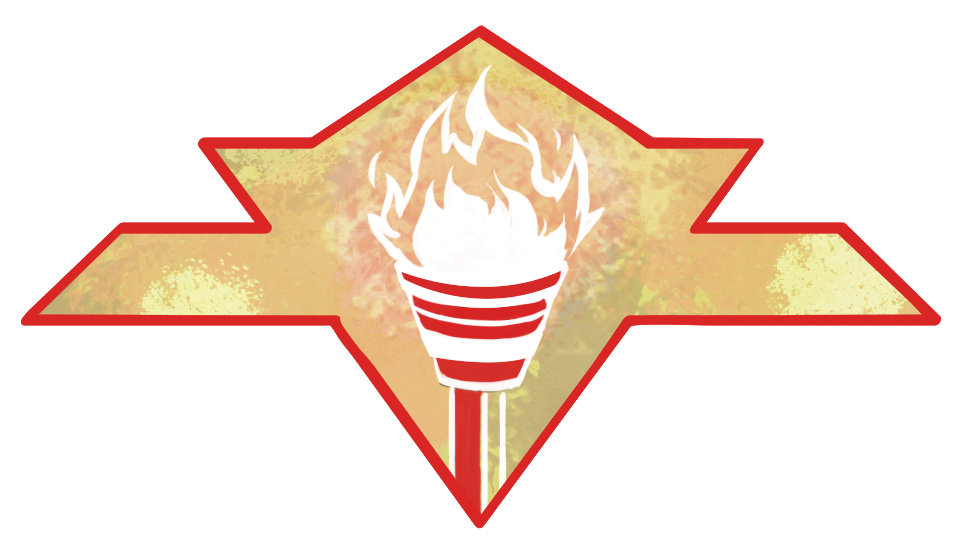
Sales
Serving all five boroughs
OSHA & INSURANCE COMPLIANCE
"Don't delay; Call All-Boro today!"
| Exhaust Vent Equipment | Fire Extinguishers |
|---|---|
| Hood | Class A |
| Duct | Class B |
| Fan | Class C |
| Fresh Air Fan | Class K |
| Dry Chemical | |
| Air Pressurized Water | |
| Carbon Dioxide (CO2) |
Fire Extinguishers
It is vital that you understand which class fire extinguisher you need at your business. Using the wrong type could lead to a even worse situation.
The most common classes used are A, B, C, and K. Class D are for chemical laboratories or anything with combustible metals.
Air-Pressurized Water Extinguishers are for Class A ONLY. DO NOT USE FOR Class C or Class D! The flammable liquid will splash and spread the fire. This type is generally used for common materials such as paper, wood, cardboard, and most plastics. The number rating on this extinguisher indicates the amount of water it holds and the amount of fire it can extinguish.
Dry Chemical Exstinguishers have various types for a combination of Class A, B, and C fires.
Class B fires involve flammable liquids like gasoline, or oil. The number rating on this one indicates the approximate amount of square feet it can extinguish.
Class C fires involve electrical equipment like circuit breakers, or outlets. NEVER USE WATER EXTINGUISHERS. There is a great risk of being shocked.
Dry Chemical extinguishers are filled with foam or powder and pressurized with nitrogen. Class BC is a regular type of dry chemical extinguisher. This kind leaves a mildly corrosive residue which has to be cleaned immediately to prevent damage to materials. Class ABC is the usual mulipurpose dry chemical exstinguisher. It's filled with monoammonium phosphate which is a yellow powder that leaves behind residue that may damage the electronics.
Dry chemical extinguishers leave behind non-flammable substance on the extinguished material which reduces the probability of re-ignition. Carbon dioxide (CO2) extinguishers are used for Class B and C fires. They do not work well on Class A fires because it may not be able to suffocate the fire well enough, causing it to re-ignite. However, they are best used for delicate equipment as it does not leave behind any damaging residue.
Contact Us